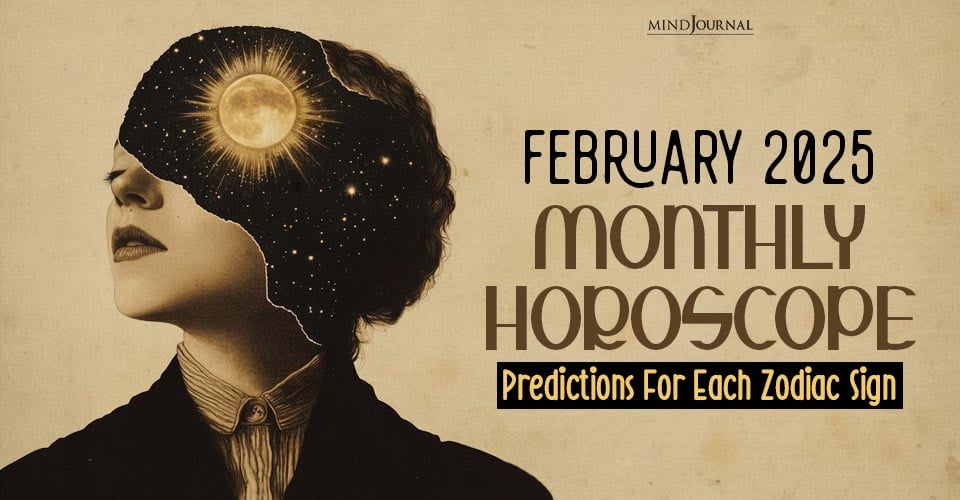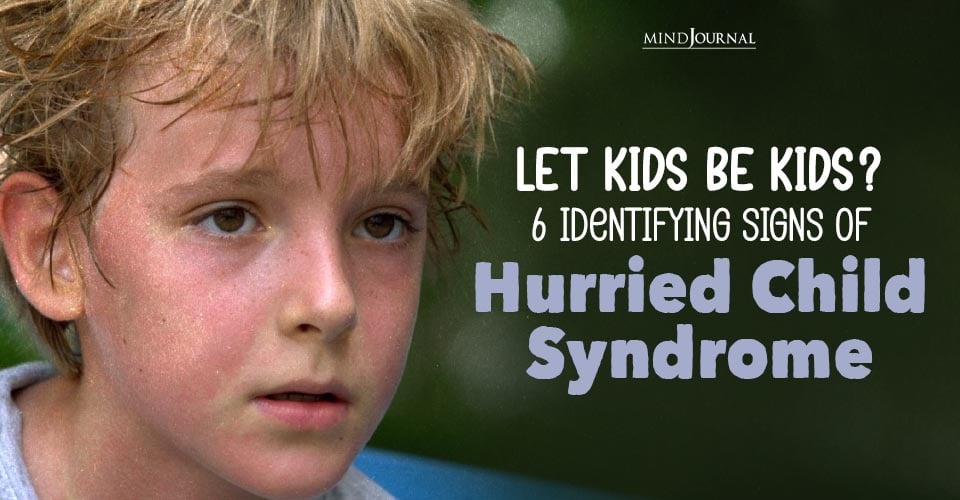Individuals aged 65 and up are eligible for Medicare, which covers medical expenses. The amount of money you spend on prescription drugs while participating in a Medicare Part D plan may cause a coverage gap. The Medicare “donut hole” is a coverage gap that can increase out-of-pocket costs for some prescription drugs. This means that there is a short-term cap on how much of a patient’s prescription drug costs will be covered by their insurance.
However, the coverage gap won’t affect everyone. It will only will kick in as soon as you reach a predetermined threshold for spending on eligible medications. You enter the coverage gap when you spend $4,660 on approved medications in 2023. There may be annual adjustments to this figure. People who qualify for Medicare Extra Help with their Part D payments will not experience a coverage gap in their prescription drug benefits.
What Is the Donut Hole in Medicare?
Once your first coverage term ends, you’ll enter a coverage gap known as the “donut hole” under Medicare Part D according to this page. Your overall medication expenses, including the amount you and your coverage have spent for your prescriptions, will exceed a specific limit at which point you will enter the donut hole. That threshold is $4,660 in 2023. You will have to pay for some of the expenses of your medications while you are within the coverage gap.
What Happens if Someone Falls Into the Donut Hole?
You will only be responsible for paying up to 25% of the price of any approved brand-name prescription medications if you and your prescription coverage exceed the spending cap and enter the “donut hole” coverage gap. This price is the same whether you buy prescription medications in-person or by mail. The reduction is added to the amount your insurance and the pharmacy have agreed upon for each medication you are prescribed.
While you are in the “donut hole,” Medicare covers 75% of the costs of generic medications; the other 25% is your responsibility. Brand-name medications almost entirely count toward pulling you from the donut hole. However, you only receive credit for the cost of generic medications. The donut hole for all Part D of Medicare plans closes once you have paid $7,050 out of pocket for approved medications.
The money you pay for prescribed medicines, your deductible, money paid on your behalf, and money paid by qualified prescription drug support programs all add up to the $7,050 total. When you hit this point, your insurance becomes catastrophic. You will now be required to pay 5% of the cost of each of your prescription pills, or $3.95 for generic prescriptions or $9.85 for brand-name drugs.
Donut Hole in Medicare and the Inflation Reduction Act
Changes to Medicare brought about by Inflation Reduction Act may impact Medicare Part D beneficiaries’ ability to fill in coverage gaps. In particular, the law is designed to:
- Limit the amount a Medicare Part D recipient will have to pay for out-of-pocket medical expenditures.
- Require price negotiations between the federal government and pharmaceutical companies for Medicare Part B and D-covered prescription medications.
- Rebates should be paid to Medicare by pharmaceutical corporations if medication costs increase at a greater rate than inflation.
- Increase the number of people who qualify for the Medicare Part D Low-Income Subsidy’s full benefits.
At the same time, during the catastrophic coverage period, Medicare Part D members will have no out-of-pocket expenses. When the out-of-pocket maximum is reached, currently set at $7,050, beneficiaries will no longer be required to pay their 5% co-insurance. The Inflation Reduction Act’s relevant provisions will go into force in 2024.
How Can I Escape the “Donut Hole”?
You can escape the coverage gap, or “donut hole,” whenever your out-of-pocket costs reach an established threshold. When Medicare Part D enrollees achieved $7,050 in expenditure for 2022, they successfully bridged the gap. In addition to the deductible, covered charges include co-pays, deductibles, and co-insurance for brand-name and generic medications. It is important to note that the donut hole is not closed by including pharmacy dispensing costs or Medicare Part D premiums. You can obtain catastrophic coverage by paying the following out-of-pocket expenses:
- Deductible amount.
- The sum you paid to get your first round of insurance.
- Nearly the full price of brand-name medications bought during the coverage gap and the manufacturer’s rebate.
- Amounts received on your behalf from other parties, such as relatives, charities, SPAPs, and other individuals.
You should see how much you have spent on approved prescriptions and how far along you are in your coverage term on your monthly bills from your Part D plan.
The Generic Drugs
Medicare will reimburse 75% of the cost of generic medications during the coverage gap. To complete the purchase, your payment will be made for the remaining 75%. Generic medicine coverage is structured differently from brand-name drug discounts. When it comes to generic medications, only the money you spend will contribute toward reducing your coverage gap. After applying your Medicare drug plan’s coverage to the cost of the medicine, you may qualify for a discount.
The Brand Name Prescription Drugs
Even if you don’t pay over 25% of the brand-name drug’s cost, the whole amount will count as out-of-pocket expenses to help close the coverage gap. Your total out-of-pocket expense will include both your share and the share of the manufacturer (often 95%) for the price of the medication. Here is an explanation:
- The drug maker covers 70% of the discount’s cost for you. If so, your insurance will cover 5% of the bill. Manufacturer and plan together pay for 75% of the whole. You cover 25% of the drug’s cost.
- There is also a cost associated with getting the medication. The plan will cover 75% of the cost, while you will be responsible for the other 25%.
Your out-of-pocket expenses do not include the 5% of the medical cost and 75% of the dispensing charge that the drug plan covers. After applying for the coverage from your Medicare prescription plan, you may qualify for a discount on the medicine’s cost. The brand-name medication discount will cover the remaining balance you owe.
How Does Medicare Extra Help Work?
If you are on Medicare and need help paying for your prescription drugs, you may be eligible for the Medicare Extra Help program. Those eligible for Extra Help can get up to $5,100 in annual benefits. You must be on Medicare and have very little income to qualify. Medicare Part D’s coverage gap and donut hole won’t affect you if you qualify for Extra Help.
Your budget may suffer as a result of prescription medication expenditures. If you are retired and have a restricted budget, finding strategies to cut these expenditures may be crucial. First-time Medicare drug coverage enrollees should familiarize themselves with the donut hole and how it may affect the cost of their prescription medications. And if you currently have Medicare, think about comparing the advantages of your current plan with those of other plans to determine if changing plans during the open enrollment period might benefit you.








Leave a Reply